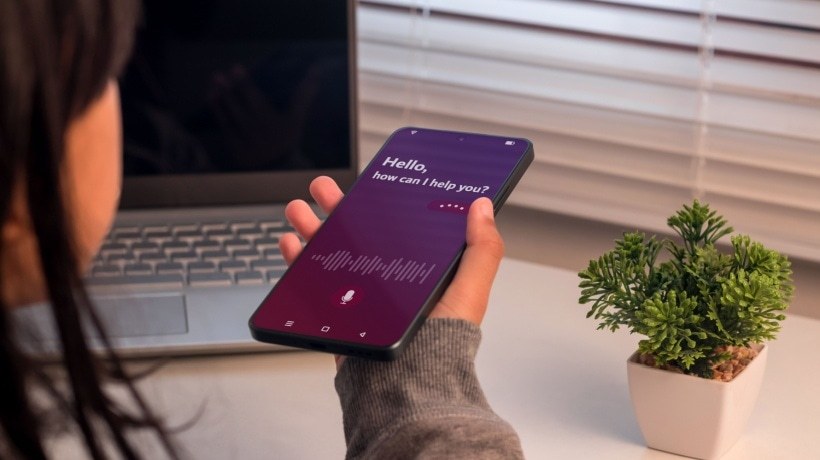
"Not long ago, creating digital learning content took hours. People spent time using complicated software to design slides, add animations, and create several versions just to make a small change. These authoring tools were often difficult to use, required advanced skills, and didn't allow much creativity or teamwork. Today, things are different. With new trends in authoring tools appearing all the time, we now have cloud-based platforms, easy drag-and-drop tools, AI assistants, and tools that let teams work together in real time from anywhere."
"Why does this matter? Because learner expectations are quickly changing. People have shorter attention spans, remote work is more common, and employees want learning that is as engaging as the apps they use daily. At the same time, organizations need to train employees faster, show results, and stay competitive as technology keeps changing. Therefore, for L&D professionals, Instructional Designers, and content creators, keeping up with these trends in authoring tools is crucial."
Authoring tools have shifted from complex desktop software to cloud-based, user-friendly platforms with drag-and-drop interfaces and AI assistance. XR—including AR, VR, and MR—enables experiential learning rather than passive consumption. Learner expectations demand shorter, more engaging content suited to remote and mobile work. Organizations require faster training deployment, measurable impact, and adaptability to technological change. Emerging capabilities like AI automation, collaborative real-time design, and blockchain for content integrity present opportunities to save time and improve learning experiences. Instructional designers and L&D teams must adopt these technologies to create relevant, engaging, and scalable learning.
Read at eLearning Industry
Unable to calculate read time
Collection
[
|
...
]